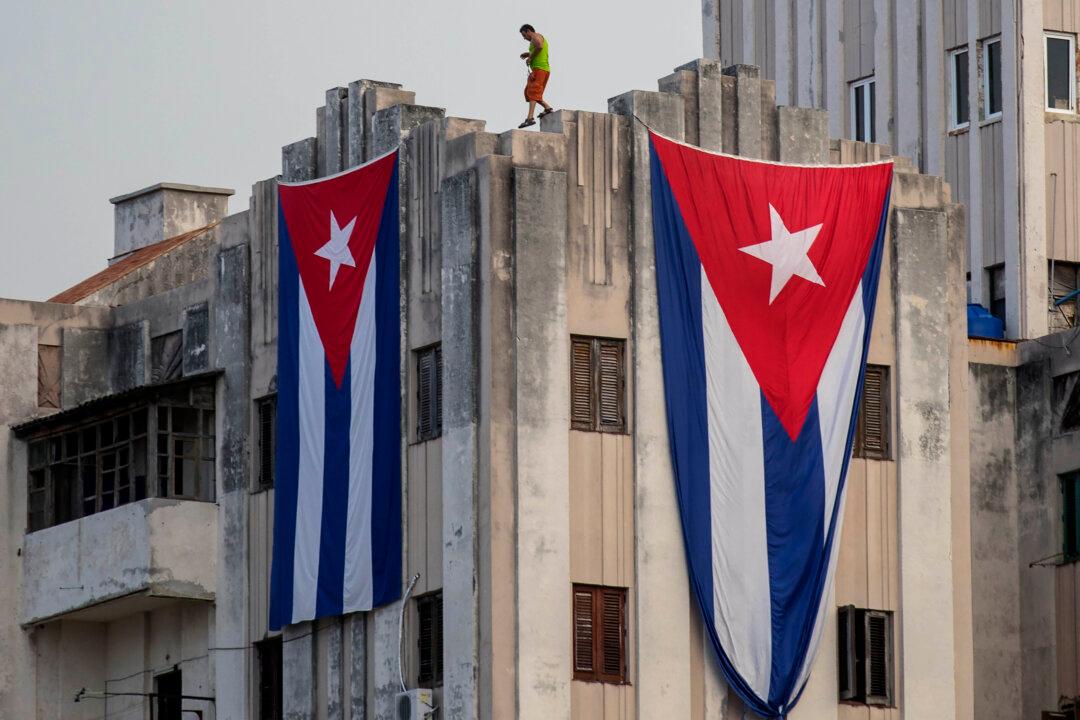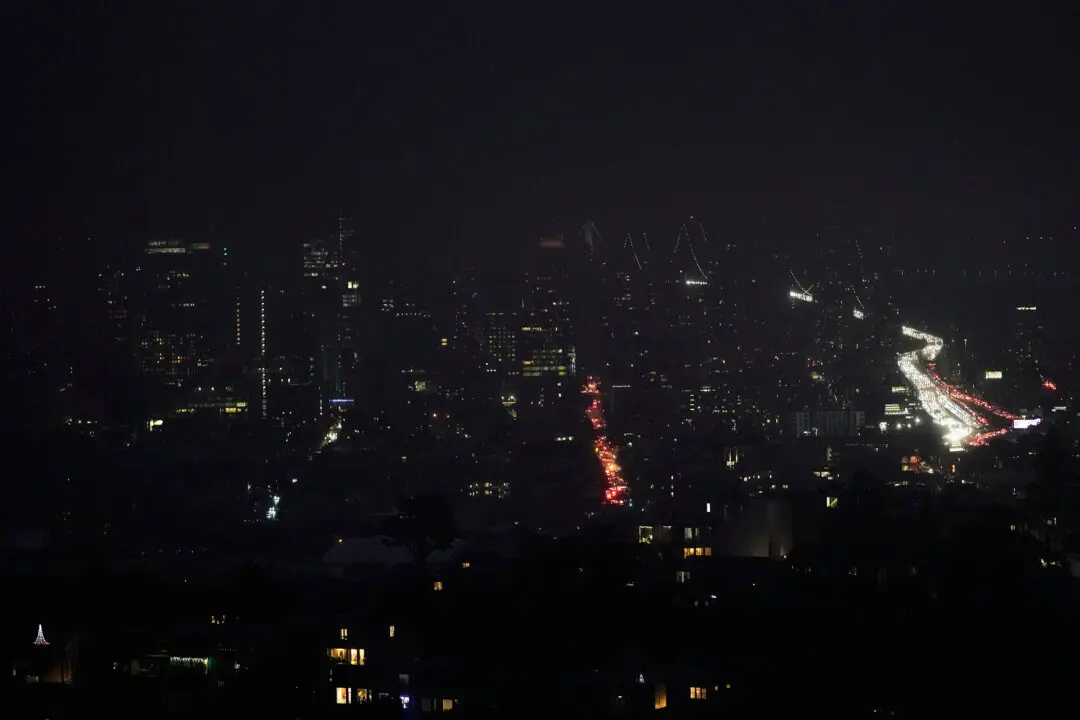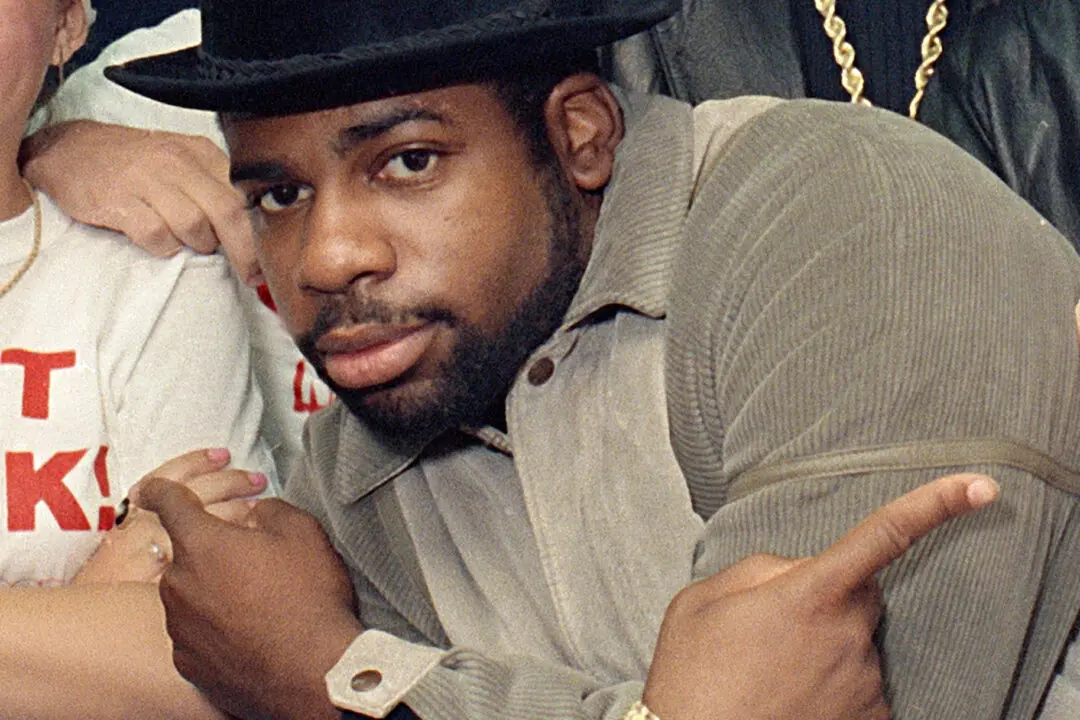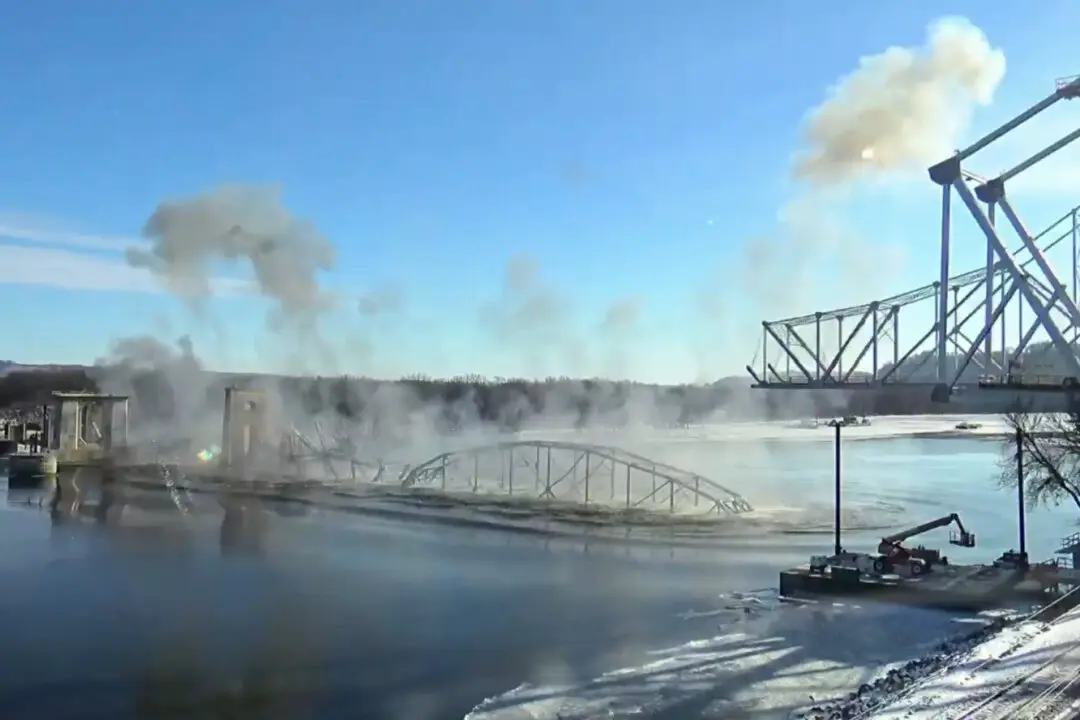HAVANA—Washington’s top diplomat is coming to Havana on Friday to raise the Stars and Stripes over the newly opened U.S. Embassy, making a symbolically charged victory lap for the Obama administration’s new policy of engagement with Cuba.
Ordinary Cubans will cheer, U.S. business executives will network and Secretary of State John Kerry will meet with Cuba’s foreign minister, the country’s Roman Catholic archbishop and a hand-picked group of dissidents.





